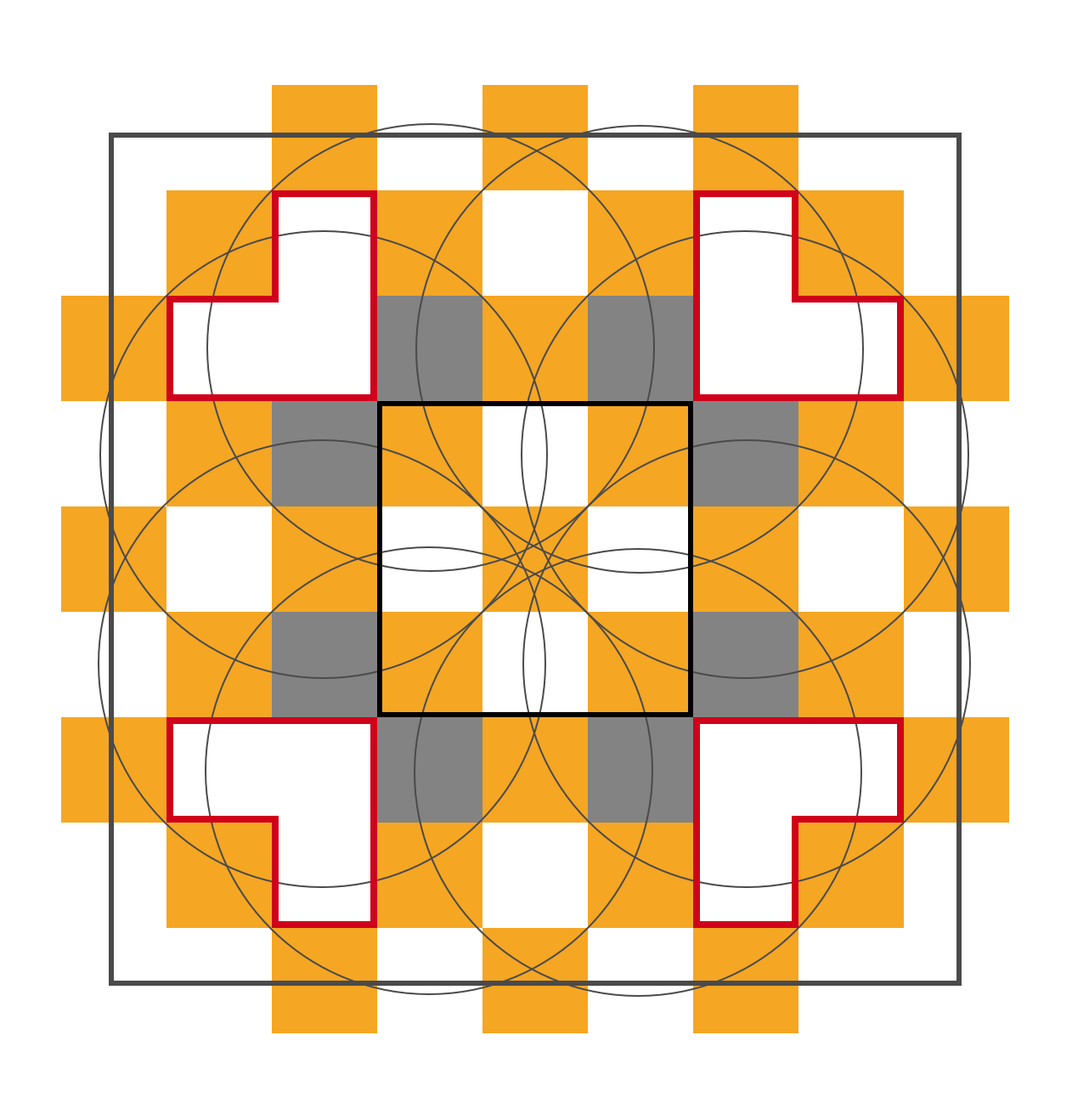Once upon a time, there was a king.
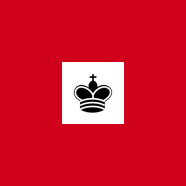
He was an important king. He couldn't give his heart to just anyone.
Far away in another land lived a suitable queen. She knew the ways of church and home.
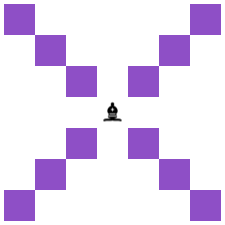

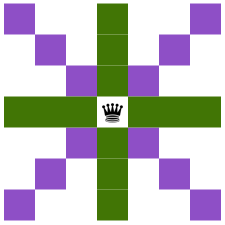
The king, upon meeting her, gave her his heart at once.
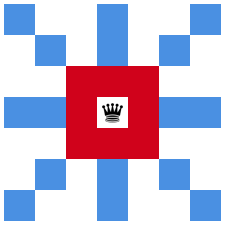
But the queen's heart was restless. She saw everything.
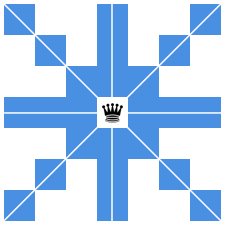
The knight was unlike anyone she'd seen before.
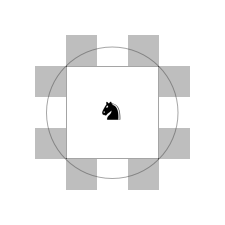
Each saw what the other could not. They completed each other.
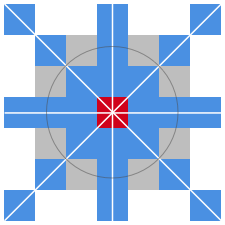
But she was forbidden to him.
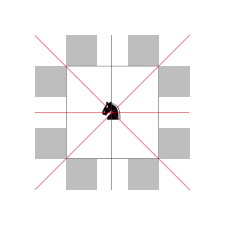
So he left the court to think things through.
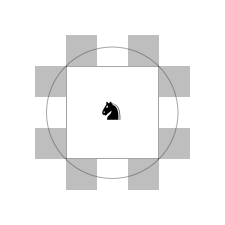
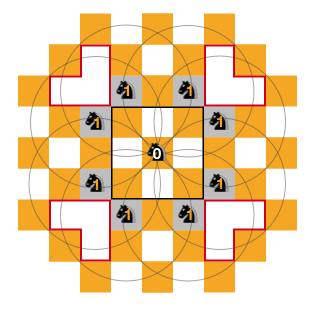
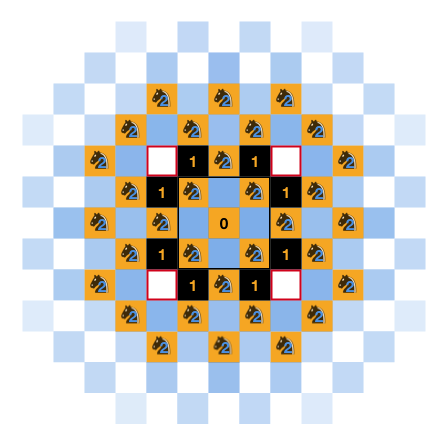
He had gone too far. On the fourth night, he turned back. And in so doing, he found the Queen's way.
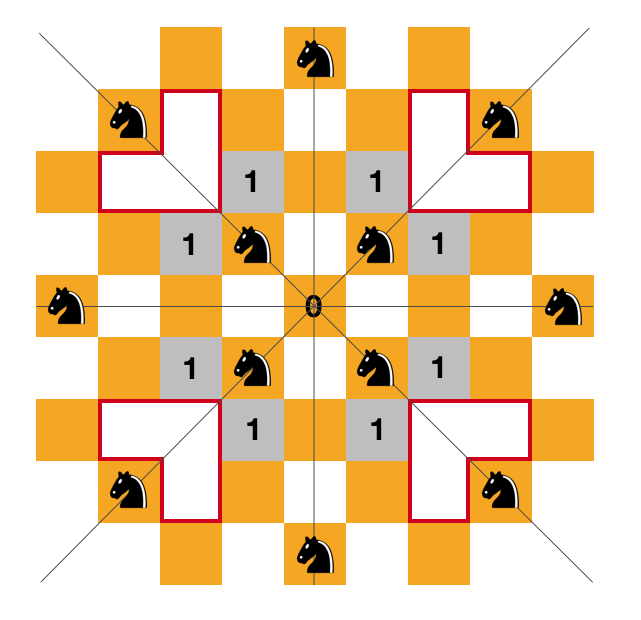
Epilogue:
I really like Bobby Fischer's Random Chess idea, where you mix up the pieces behind the pawns so people can play without memorized opening moves. The geometry of how the pieces relate to each other is beautiful.
Kids play that way. But kids playing chess, looking for opponents, have the problem of playmates new to the game forgetting how the pieces move. (Have vague plans for that, may update here later) Since the knight is the most confusing piece of all for a beginner, I wanted to explore its footprints on the board. Found it interesting that there are "safe spaces" on the corners of the knight's central square that the knight needs at least four moves to reach. I also think seeing the knight's possible moves as a pixellated circle, or the edges of a king-sized square, can be easier for some people to understand than the "move in an L-shape" description.
